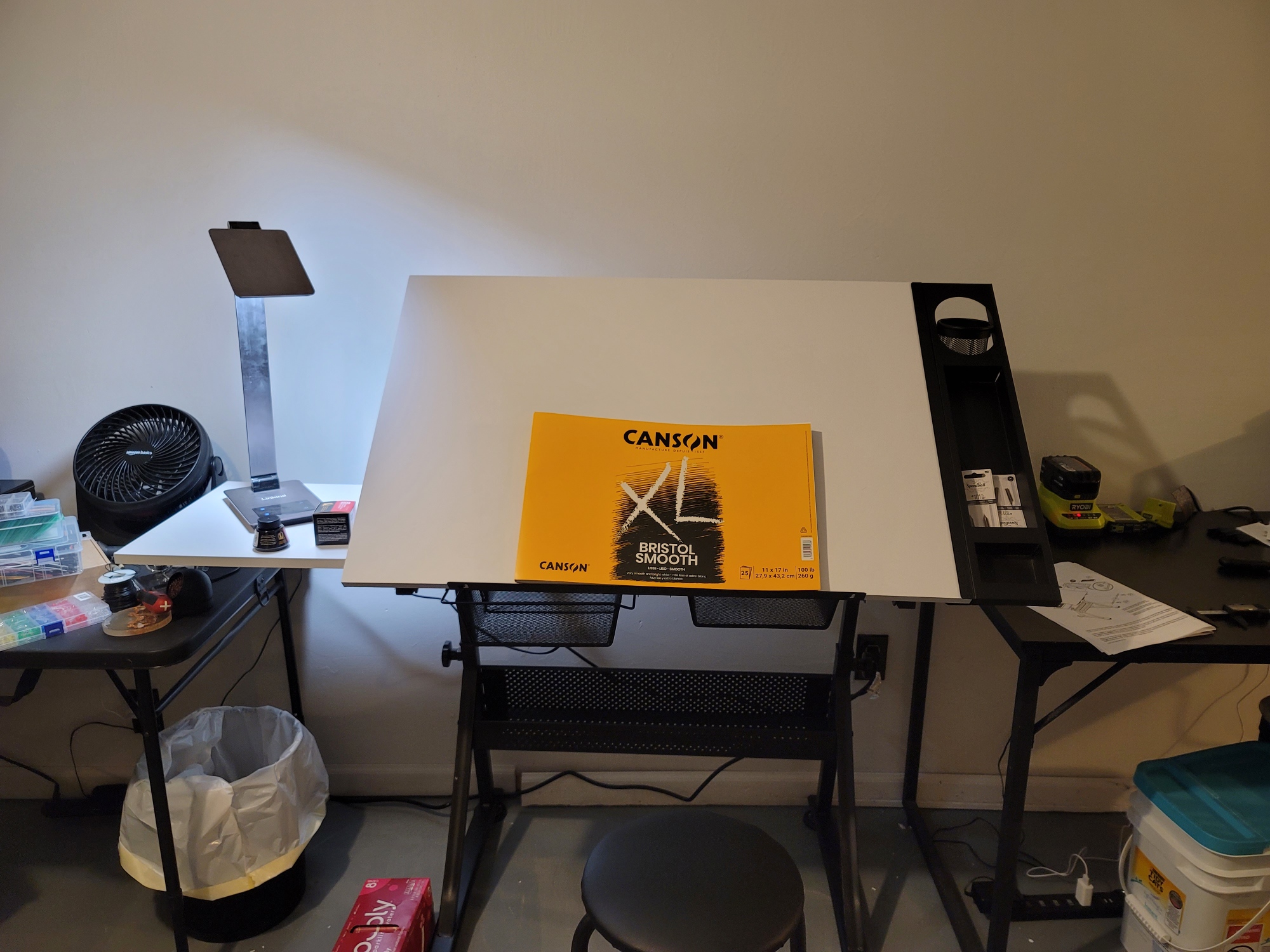

Blue Prince sure feels like it counts, our whole family is hooked, and has been playing it every day for about 2 weeks now. Even well after rolling credits.
In a similar vein, I’d have to say Hollow Knight and Outer Wilds. Together with Blue Prince, they all have a storytelling strategy of “you have to put some effort into getting the story out of it”, but the effort makes every new discovery or revelation feel super rewarding.
Celeste is the one that comes to mind for a more traditional story that REALLY hit.
Persona 5 comes to mind, too. I was ENGROSSED in that story for months. Even if it went off the rails a couple times.
I’m also gonna shout-out Tales of Symphonia. That game was formative for me.












Honestly, if you’re having trouble finding stuff for vanilla JS, I’d recommend looking at jQuery. Not that you should USE jQuery, necessarily, but the library is basically a giant wrapper around all the native JS APIs, so the approach to building stuff is essentially the same: it all focuses on tracking and manipulation of DOM elements.
I do vanilla JS (actually TypeScript) dev at work, daily, and that was my big takeaway from spearheding our team’s migration from jQuery to vanilla TypeScript: I honestly don’t know what benefit jQuery provides, over vanilla, because all the most-common jQuery APIs that we were using have a 1:1 native equivalent.
We do also use 2 third-party libraries alongside vanilla, so I’l mention those: require.js and rx.js. Require you probably don’t need, with modern JS having bundling and module support built-in but we still use it for legacy reasons. But rx.js is a huge recommend, for me. Reactive programming is the IDEAL way to build GUIs, in my opinion.